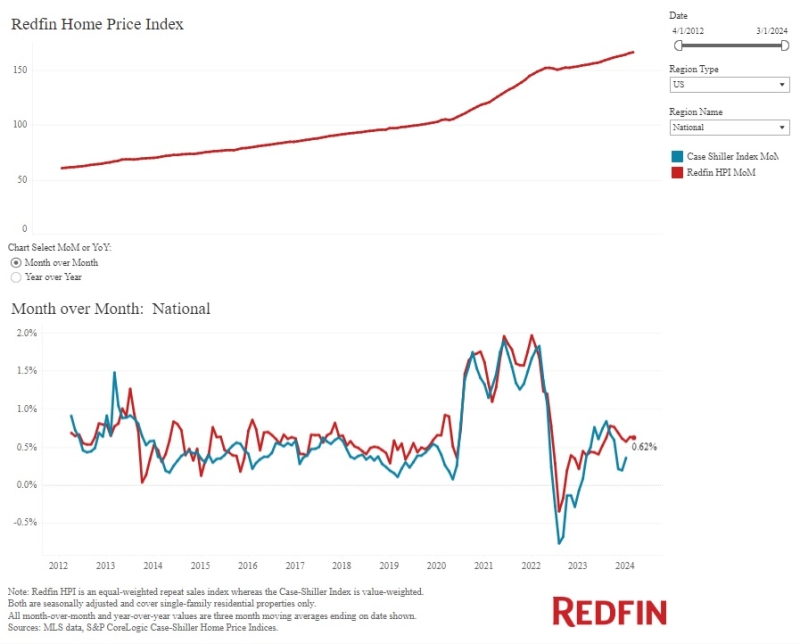Advertisement
iEmergent announces Q1 update to 2010-2014 mortgage volume forecasts

iEmergent, a Des Moines, Iowa-based market research, forecasting and advisory services firm for the financial services, mortgage and real estate industries, issued a first-quarter update to its formal 2010-2014 Mortgage Volume Forecast that was originally released in November, 2009. This update provides lending details regarding expected loan volumes and market behavior at the national, state, county and local community levels.
The updates to the forecast come at a crucial time for the mortgage lending and banking industry as the housing finance market continues to struggle against continued high levels of unemployment, tightened credit and lending standards, unstable home prices, rising interest rates and a continuing increase in delinquencies and foreclosures. Highlights of the updated national forecast indicate that 2010 home financing opportunities, which many experts hoped had reached their lowest in 2009, will remain mired in a sluggish trough in 2010:
►Total purchase volume: 2.99 million loans for $556.9 billion
►Refinance volume range: 2.77 million loans for $531.1 billion (low range)/3.35 million loans for $643.0 billion (high range)
►Total mortgage volume: 5.76 million loans for $1.09 trillion (low range)/6.34 million loans for $1.20 trillion (high range)
These volume forecasts represent an estimated 4.8 percent decrease in purchase volume from 2009, and a 52 percent decrease or more in refinance activity, resulting in a purchase to refinance split of approximately 49 percent/51 percent. This projected decrease results from the severely constrained pool of 2010 potential homebuyers who might be eligible, able and willing to purchase or refinance a home. Despite the formation of one million new households this year, more than one-third of all U.S. households are no longer in the homebuyer pool, which has shrunk to levels lower than those experienced in the early 1990s.
“Lenders can expect to see spurts of increased mortgage activity as individual households act on low rates, stimulus efforts and/or their personal situations, but elevated volumes will be unsustainable and will diminish over time as the remaining household pools shrink faster than they can be replenished,” said Dennis Hedlund, president of iEmergent. “Consumers are saving more, wary of banks and worried about jobs and earnings stability.”
The current forecast of a flat or declining market for 2010 and potentially 2011 creates considerable risk for lenders of all sizes, especially those that relied heavily on refinance transactions in 2009. “Competing for home buyers and loan originations in flat or declining markets is essentially a local, zero-sum game, where loan acquisition efficiency is crucial,” said Hedlund. “The ability of lenders to turn quantitative market analytics and forecasts into new and more effective lending strategies that are matched to their local markets is fundamental to survival over the next two years.”
For more information, visit www.iemergent.com.
About the author





